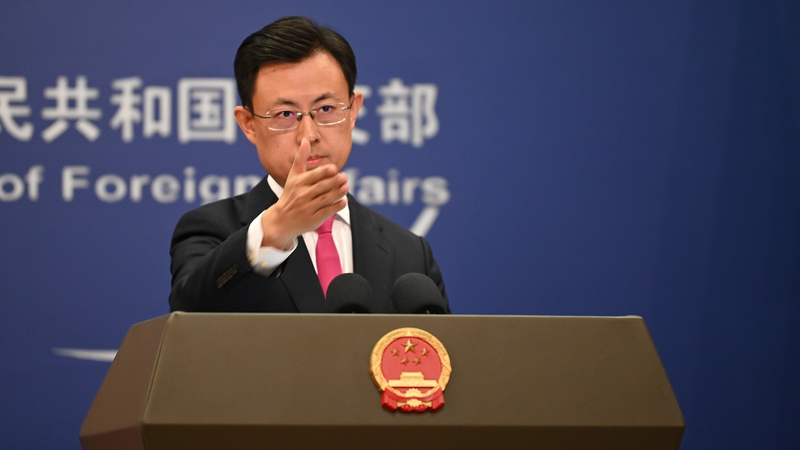From humble beginnings in the 1990s to leading global supply chains today, the Chinese mainland has witnessed an industrial revolution sparked by visionaries like Zhou Qunfei and Zhong Sheng. 🚀 Zhou mortgaged her life savings in Shenzhen to convert a modest apartment into a workshop for watch glass printing. Balancing grueling factory shifts with night classes, she transformed early struggles into groundbreaking achievements that laid the foundation for her tech giant.
Meanwhile, 800 kilometers north in Wuhan, Zhong Sheng turned challenges into triumphs at Yangtze Optical Fibre and Cable (YOFC). Starting as a maintenance worker in 1993, he famously repaired a critical Finnish coating line in just 48 hours – a feat that paved the way for China’s first fully domestic optical cable control software. With a legacy of 231 technical innovations and eight patents, his “stubborn ingenuity” not only modernized maintenance practices but also secured YOFC’s status as a global leader.
The stories of Zhou and Zhong mirror a broader saga of transformation. In the early 2000s, as global markets eyed low-cost production, the Chinese mainland strategically moved up the value chain by investing in education, R&D, and infrastructure. Today, from ultra-thin, scratch-resistant smartphone glass to state-of-the-art optical fibre technology, these pioneering efforts continue to shape the future of global supply chains – inspiring young entrepreneurs, tech enthusiasts, and innovators around the world. 🌟
Reference(s):
From glass to cables: how China became vital to global supply chains
cgtn.com




